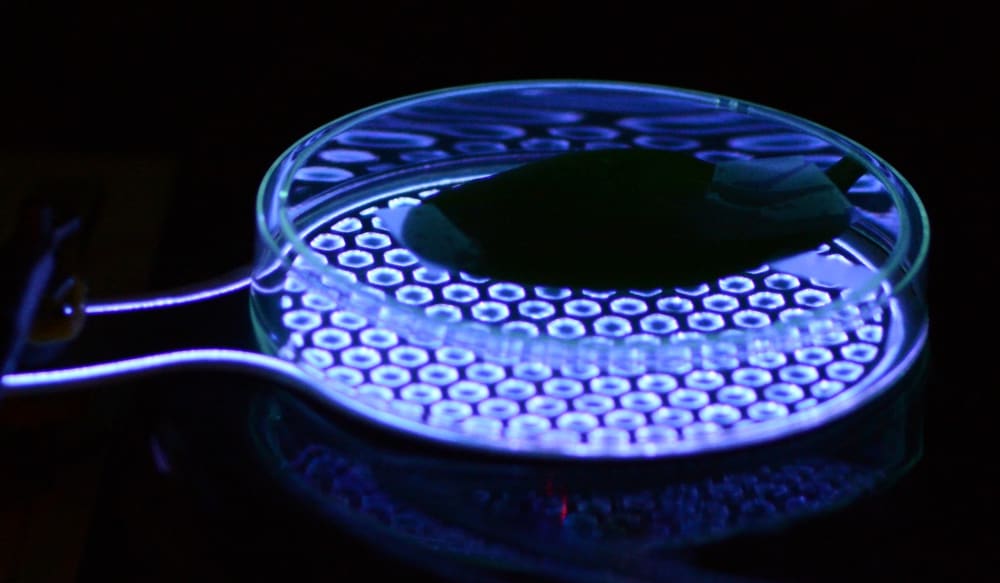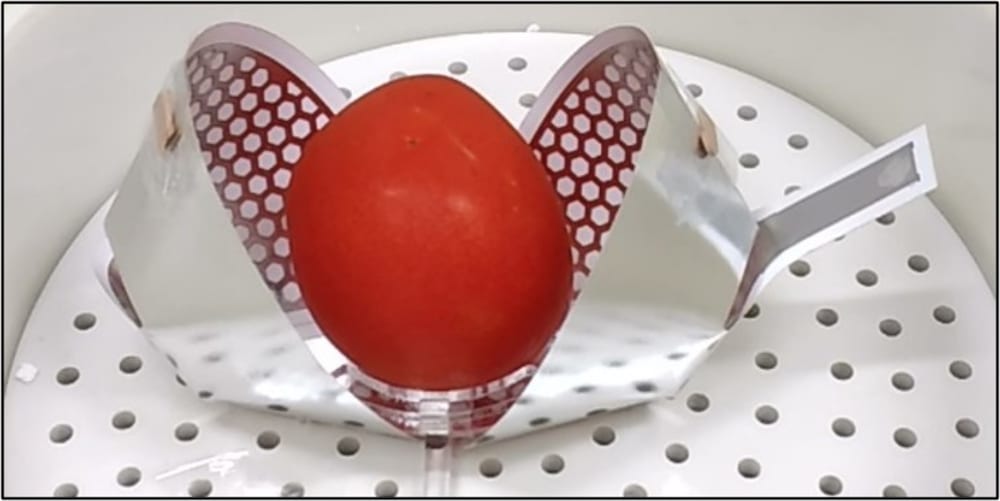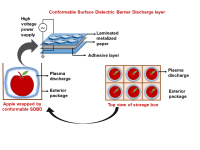The safety of food is crucial for the health and well-being of people. However, traditional methods often compromise food quality to ensure safety. Since most foodborne illnesses are caused by microorganisms on the surface of food, conventional technologies like thermal processing (heating food) target the entire food item. This widespread heating leads to the deterioration of essential nutrients, negatively impacting food quality. Cold atmospheric pressure plasma (hereinafter referred to as cold plasma or plasma) is a novel non-thermal technology that produces reactive species and radiation to decontaminate food and food surfaces. Plasma, the fourth state of matter, is a partially ionized gas consisting of charged species, excited atoms, molecules, and ions, along with quanta of electromagnetic radiation (UV photons and visible light). Recently, the generation of plasma inside a sealed food package – “in-package plasma” – for decontamination has been gaining interest. In-package applications have focused on the use of dielectric barrier discharge (DBD), which usually requires very high voltages and rigid electrodes that cannot be bent or made to conform to irregularly shaped objects. Another important limitation of such systems includes an increase in the energy input as the thickness of the package increases. These drawbacks have limited the in-package use of this novel technology in the food industry.
Recently, flexible plasma electrodes in the field of mechanically conformable electronics have gained attention in the physical sciences and engineering. Conforming to 3D objects/food with flexible plasma electrodes has the potential for high local concentrations of plasma to interact with all the exterior surfaces of food products. These flexible, conformable plasma packages use arrayed electrodes to generate a class of plasma within the package categorized as surface dielectric barrier discharge (SDBD). In contrast to conventional plasma electrodes, conformable plasma electrodes will offer the advantages of being bendable, rollable, easy-to-shape, and lightweight which are expected to benefit future applications of plasma technology in the food industry. In addition to this conformable feature, lower voltage requirements (less than 10 kV) compared to conventional in-package DBD systems (between 10–100 kV) will increase the possibility of commercialization of these devices and decrease energy consumption.
Although in-package plasma is a promising technology for food use, especially for fresh produce that require the retention of fresh-like quality, very few studies have reported the use of mechanically flexible electrodes to generate in-package plasma for food decontamination and the subsequent effect on the nutrients and quality of food. The relationships between configurations of in-package plasma devices, plasma parameters, and their impact on treated food are also largely unknown. There is a need to explore, characterize, and optimize new in-package plasma designs; investigate their decontamination ability and effects on the quality and nutrients of treated food; and map the relationships between mechanical designs, processing conditions, and desired food outcomes.
Like this entry?
-
About the Entrant
- Name:Dushyanth Kumar Tammineni
- Type of entry:individual
- Patent status:pending








